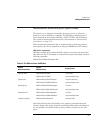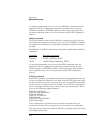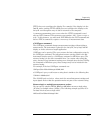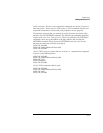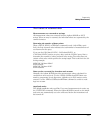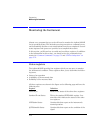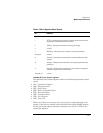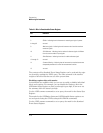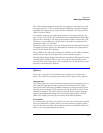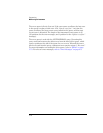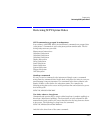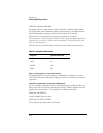
4-17
Programming
Monitoring the Instrument
Status Byte register
The Status Byte Register contains summary bits that monitor activity in the
other status registers and queues. The Status Byte Register’s bits are set and
cleared by the presence and absence of a summary bit from other registers or
queues. Notice in the following figure that the bits in the Standard Event Sta-
tus, OPERation status, and QUEStionable status registers are “or’d” to control
a bit in the Status Byte Register.
If a bit in the Status Byte Register goes high, you can query the value of the
source register to determine the cause.
The Status Byte Register can be read using either the *STB? common com-
mand or the GPIB serial poll command. Both commands return the decimal-
weighted sum of all set bits in the register. The difference between the two
methods is that the serial poll command reads bit 6 as the Request Service
(RQS) bit and clears the bit which clears the SRQ interrupt. The *STB? com-
mand reads bit 6 as the Master Summary Status (MSS) and does not clear the
bit or have any effect on the SRQ interrupt. The value returned is the total bit
weights of all of the bits that are set at the present time.
OPERation Status and QUEStionable Status registers
You can query the value of the OPERation Status and QUEStionable Status
registers using commands in the STATus subsystem.
The STATus subsystem also has transition filter software which give you the
ability to select the logic transitions which set bits in the OPERation Status
and QUEStionable Status registers. For example, you can define the POWer
bit of the QUEStionable Status register to report an event when the condition
transitions from false to true. This is a positive transition. You can also specify
a negative transition where the bit is set when the condition transitions from
true to false.



